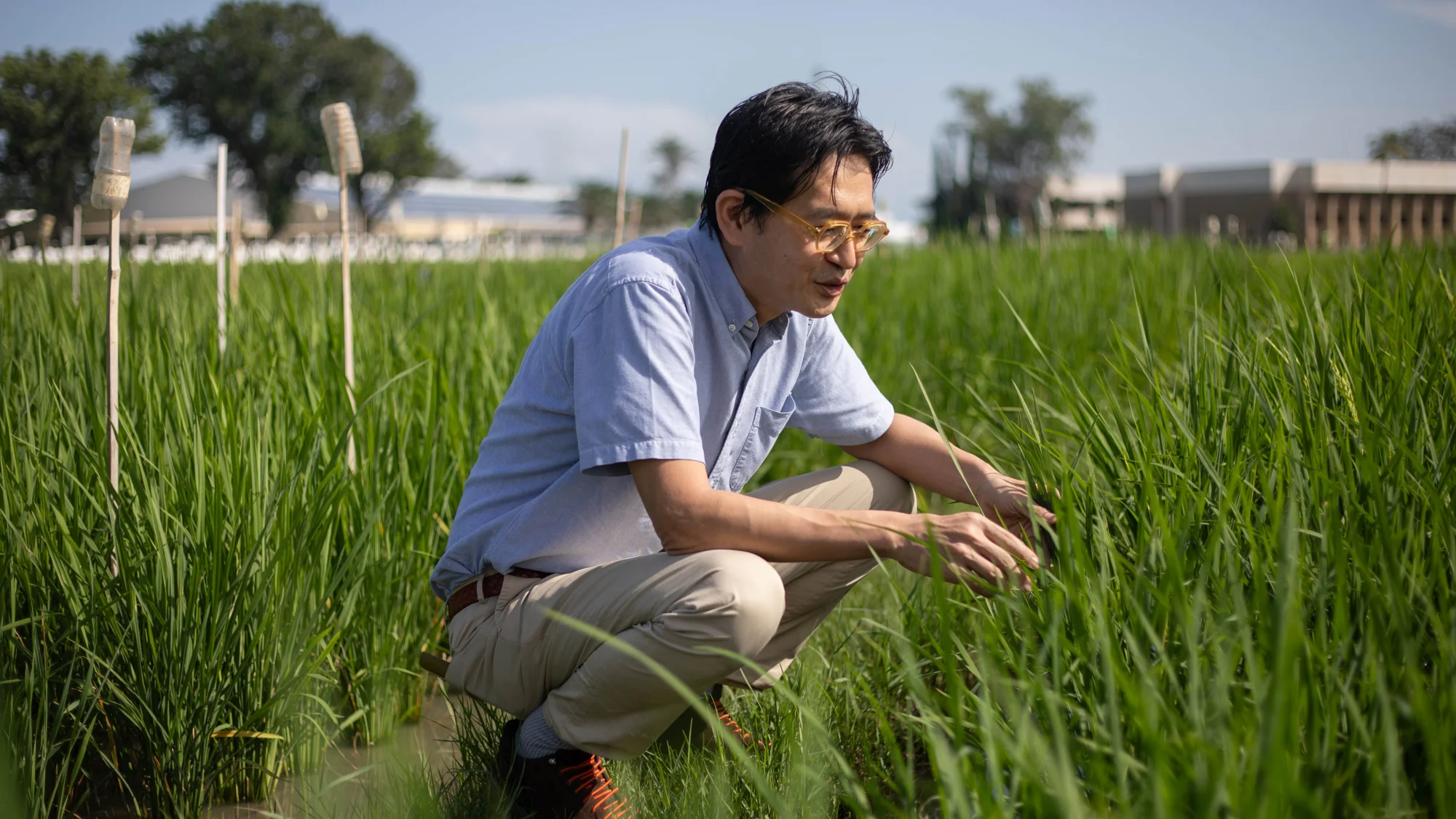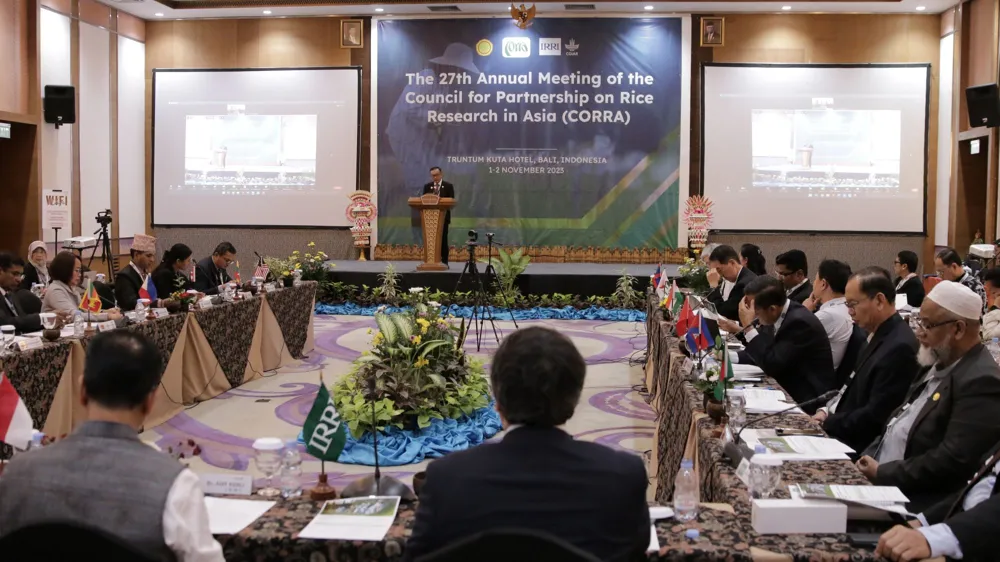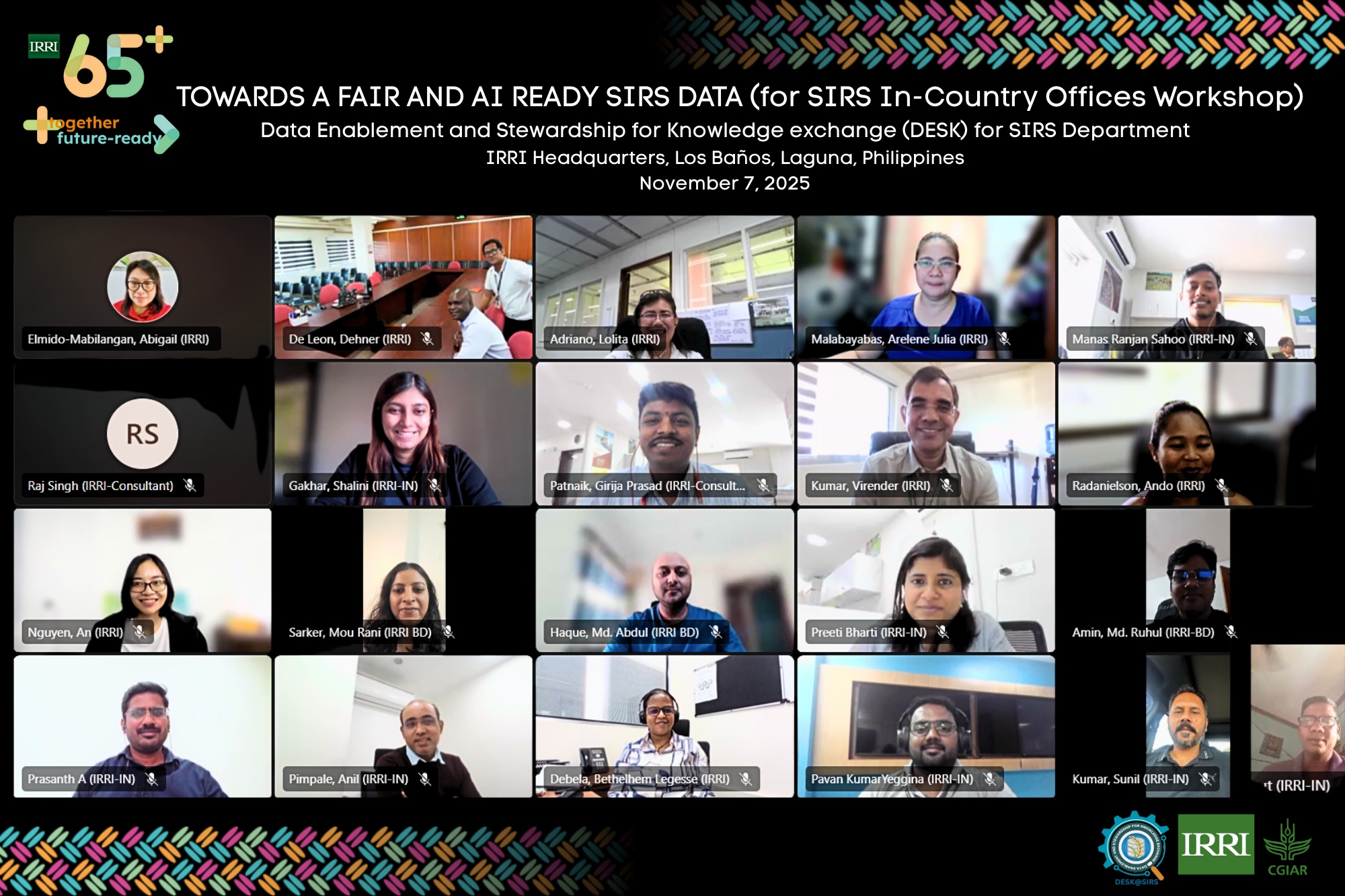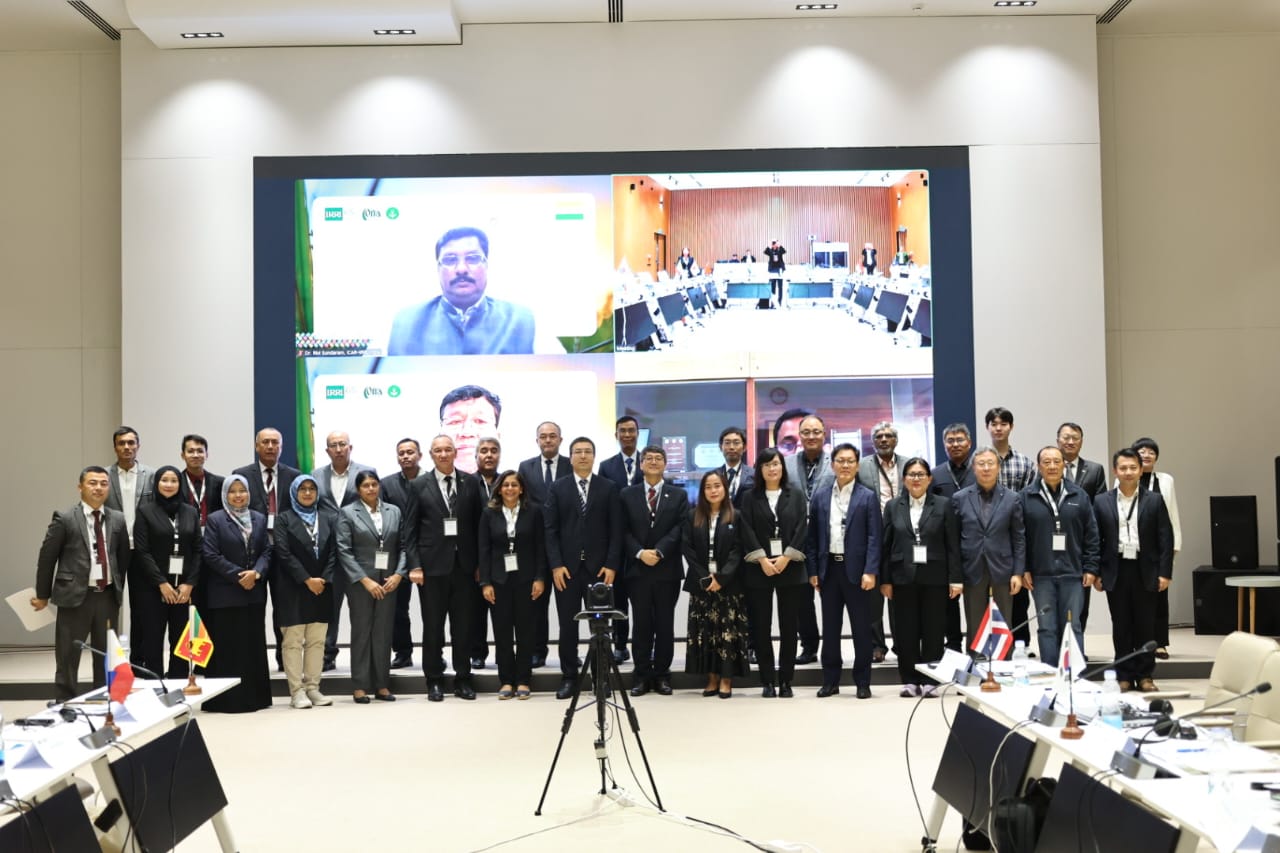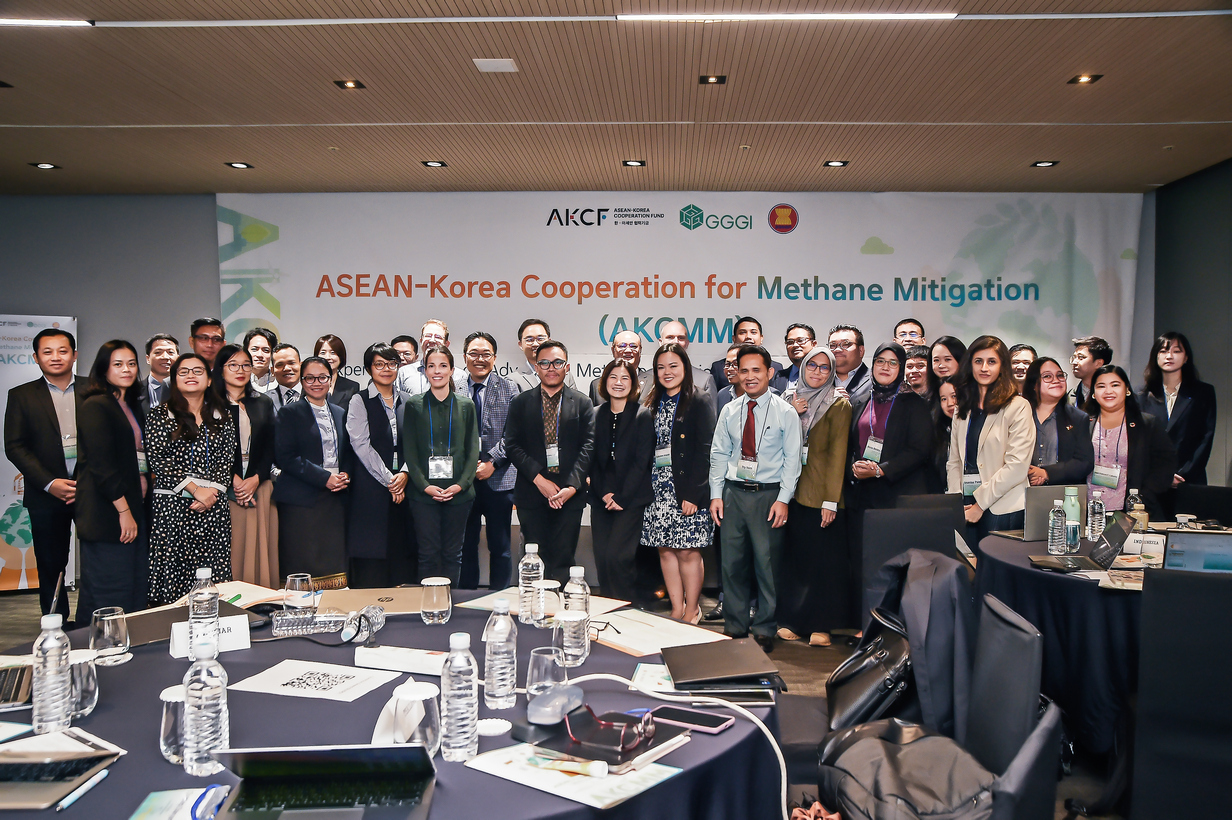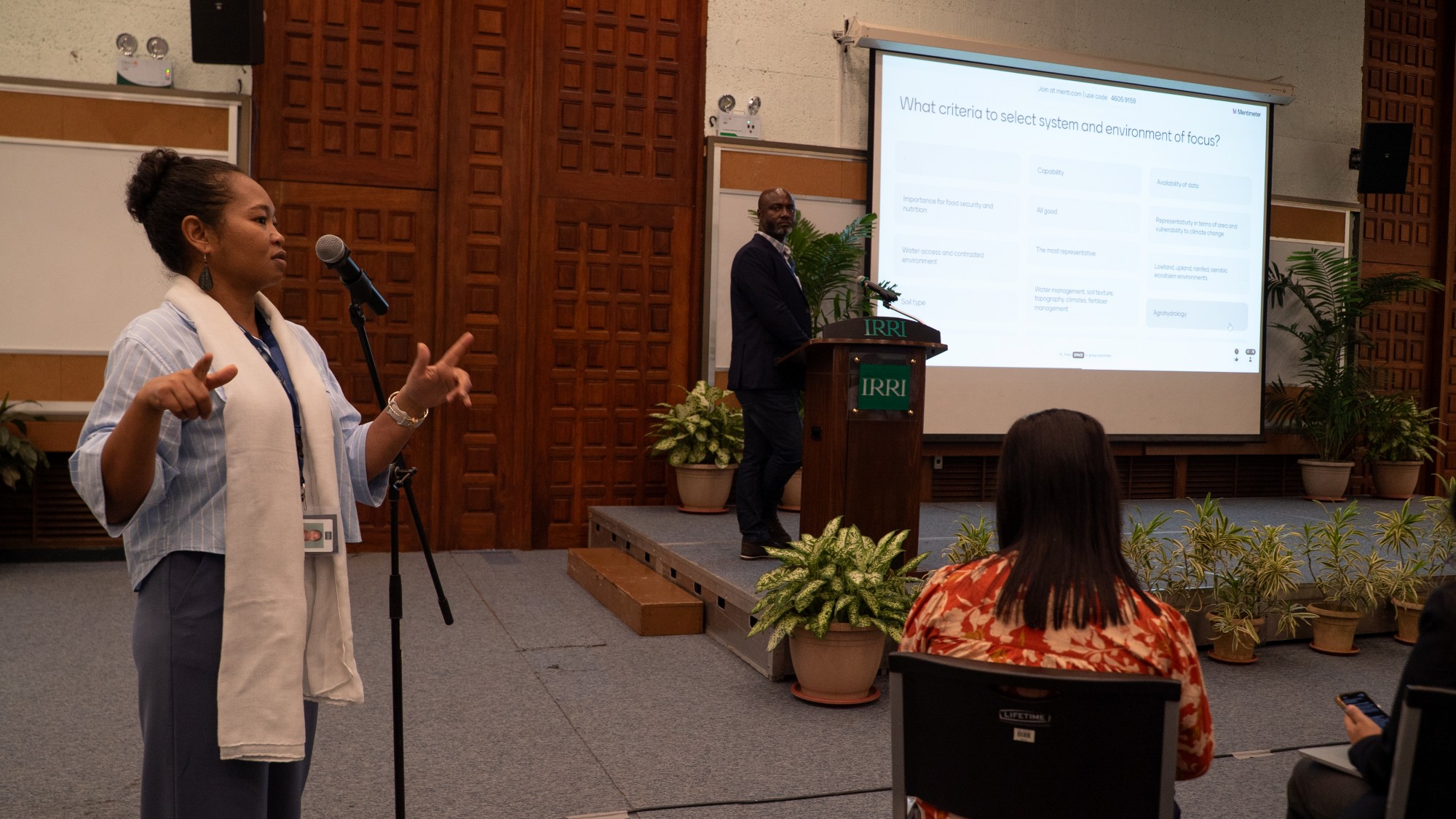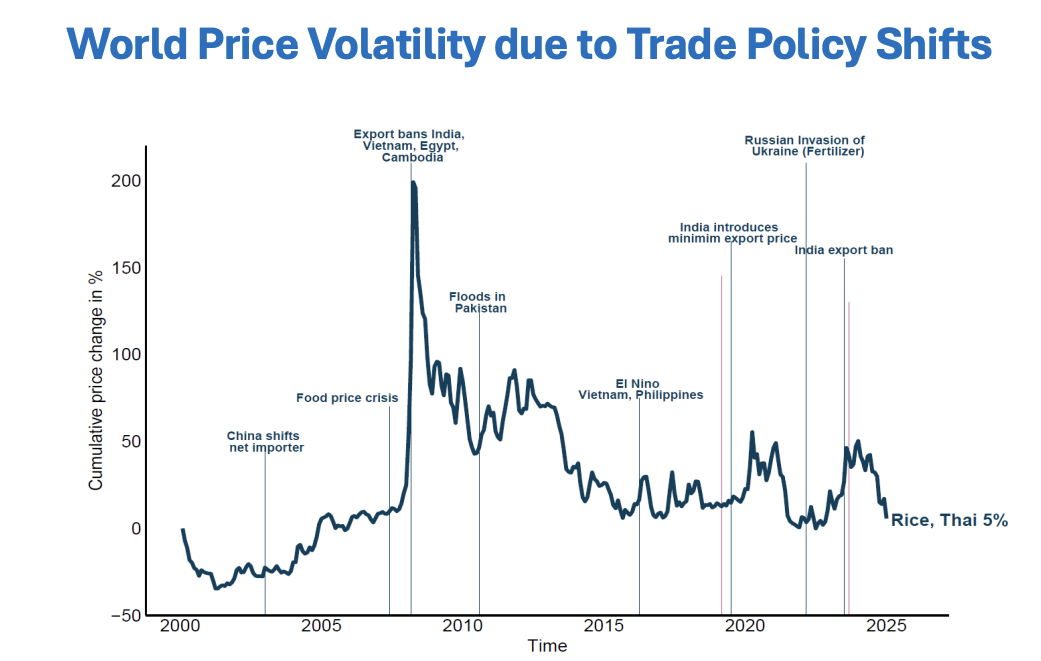Overview
East Asia is the second-largest rice-producing and consuming region in the world, following South Asia (USDA, 2024). The region produced approximately 158.8 million metric tons of milled rice and consumed around 160.8 million metric tons in 2024/2025. Despite the diminishing land area for rice cultivation at 31.9 million hectares, the region’s average yields are steadily increasing, reaching 7.1 metric tons per hectare.
China, Korea, and Japan possess some of the most advanced rice production technologies and quality management systems in the world. Their strong research capacities and innovation ecosystems enable them to effectively address challenges such as ecological degradation, pest and disease incidences, and the effects of climate change such as floods, droughts, and extreme temperatures that pose serious threats to yields and farmer livelihoods.
IRRI actively collaborates with East Asian countries through technical partnerships and joint initiatives. These efforts include developing climate-resilient rice varieties aligned with consumer preferences and market demands, as well as conducting research to reduce methane emissions, contributing to global climate change mitigation. IRRI also supports the development of disease-resistant rice varieties to enhance food security across the region.
Moreover, IRRI plays an important role in strengthening rice research networks throughout East Asia. By engaging through technical exchanges, collaborative research, and training programs for young scientists, IRRI helps build the next generation of leaders in rice science and innovation.
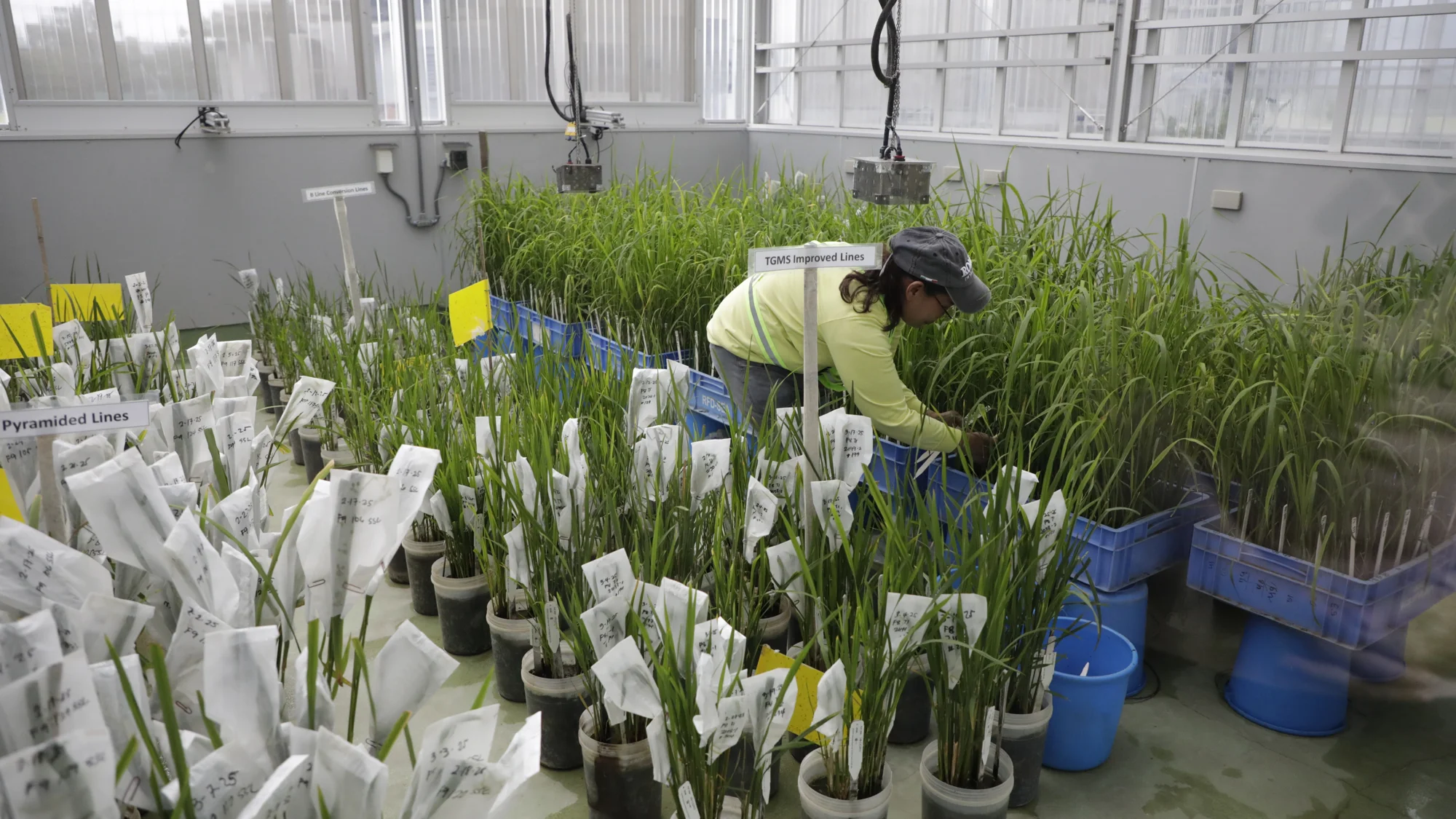
Our Country Offices

Shin Jongsoo
IRRI Regional Director for Asia
